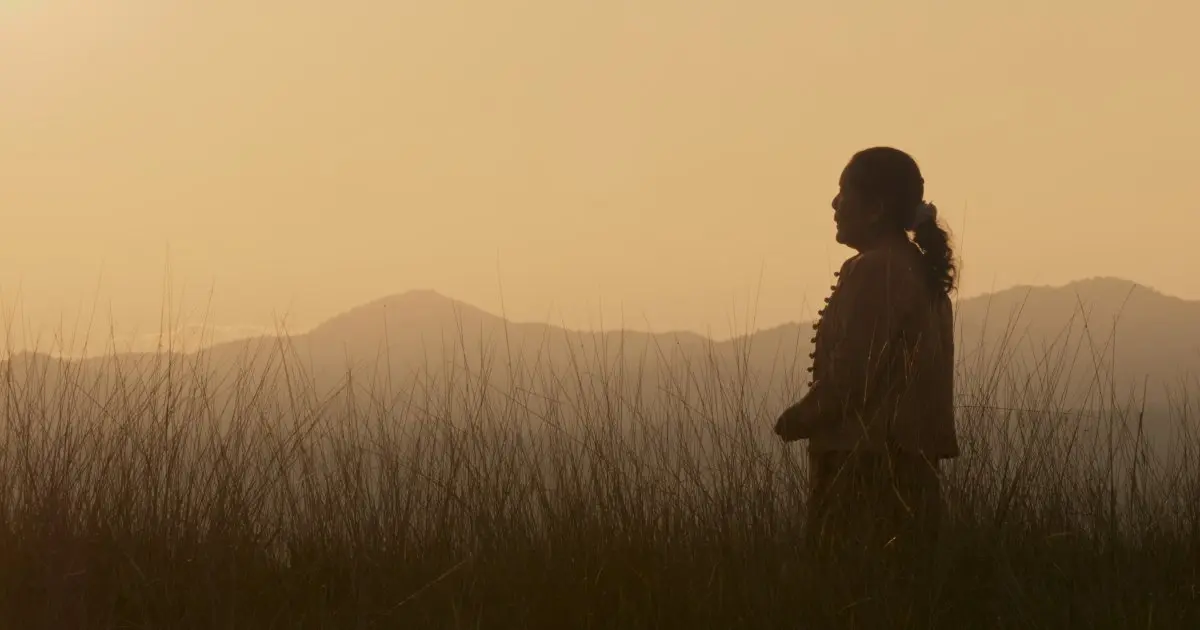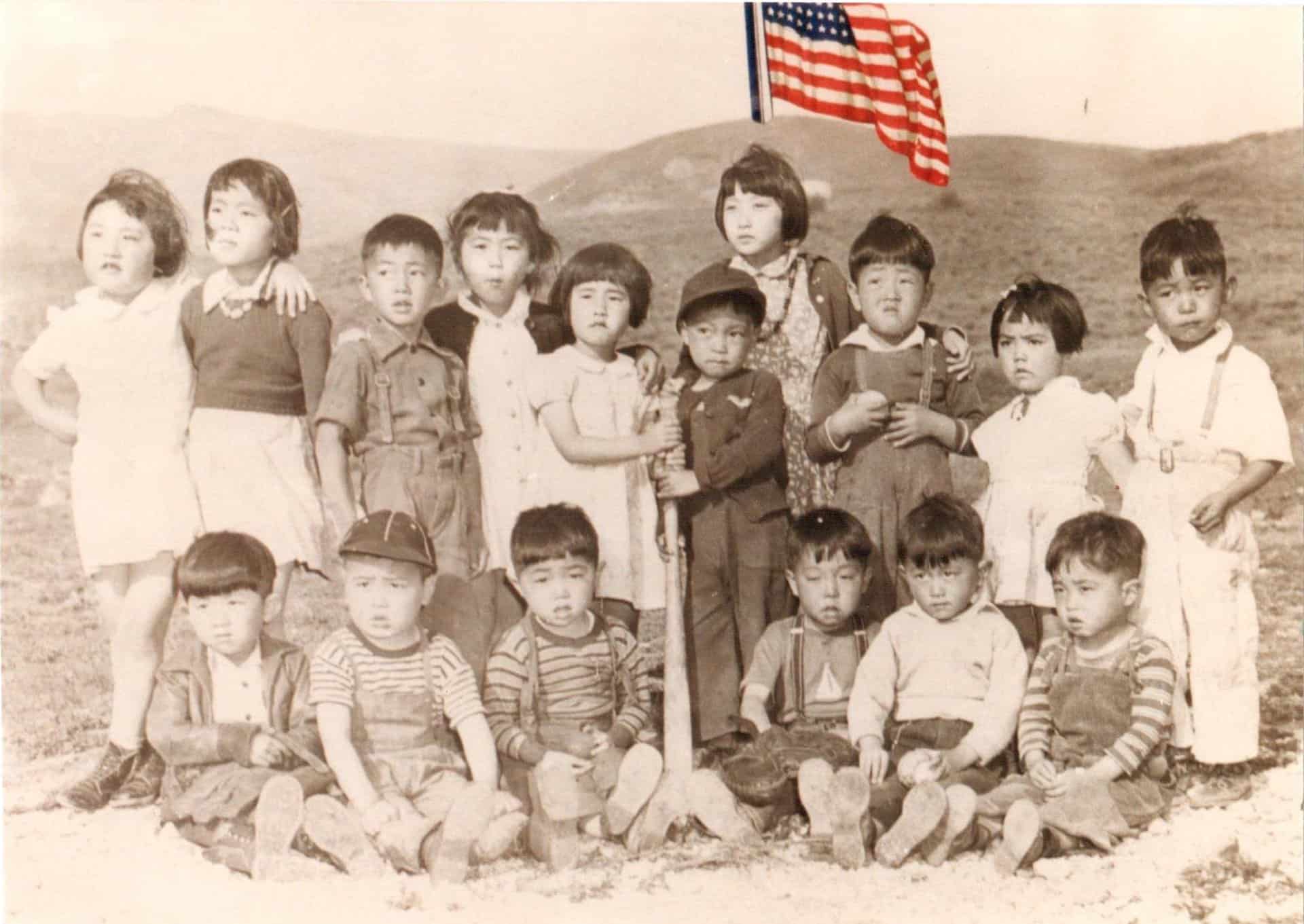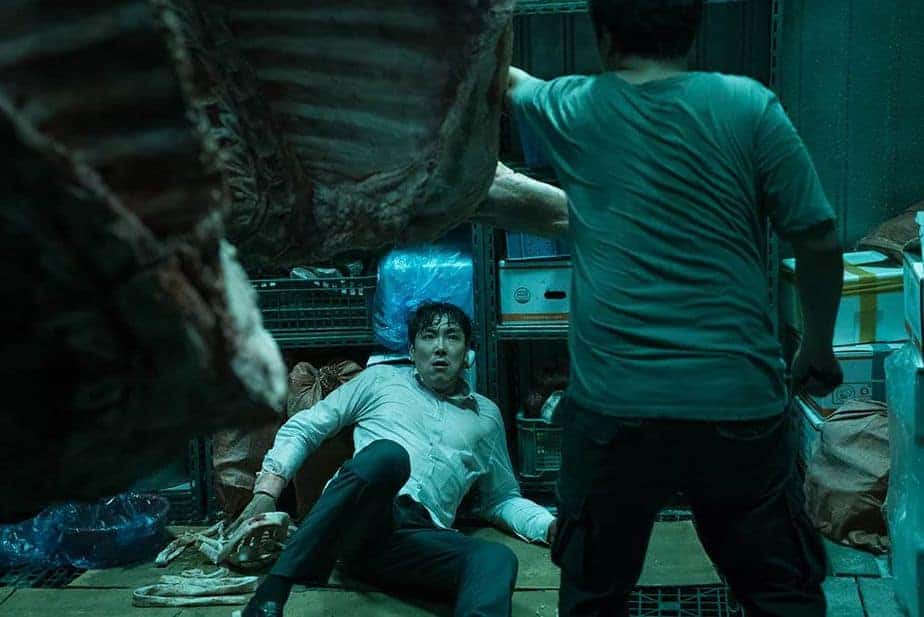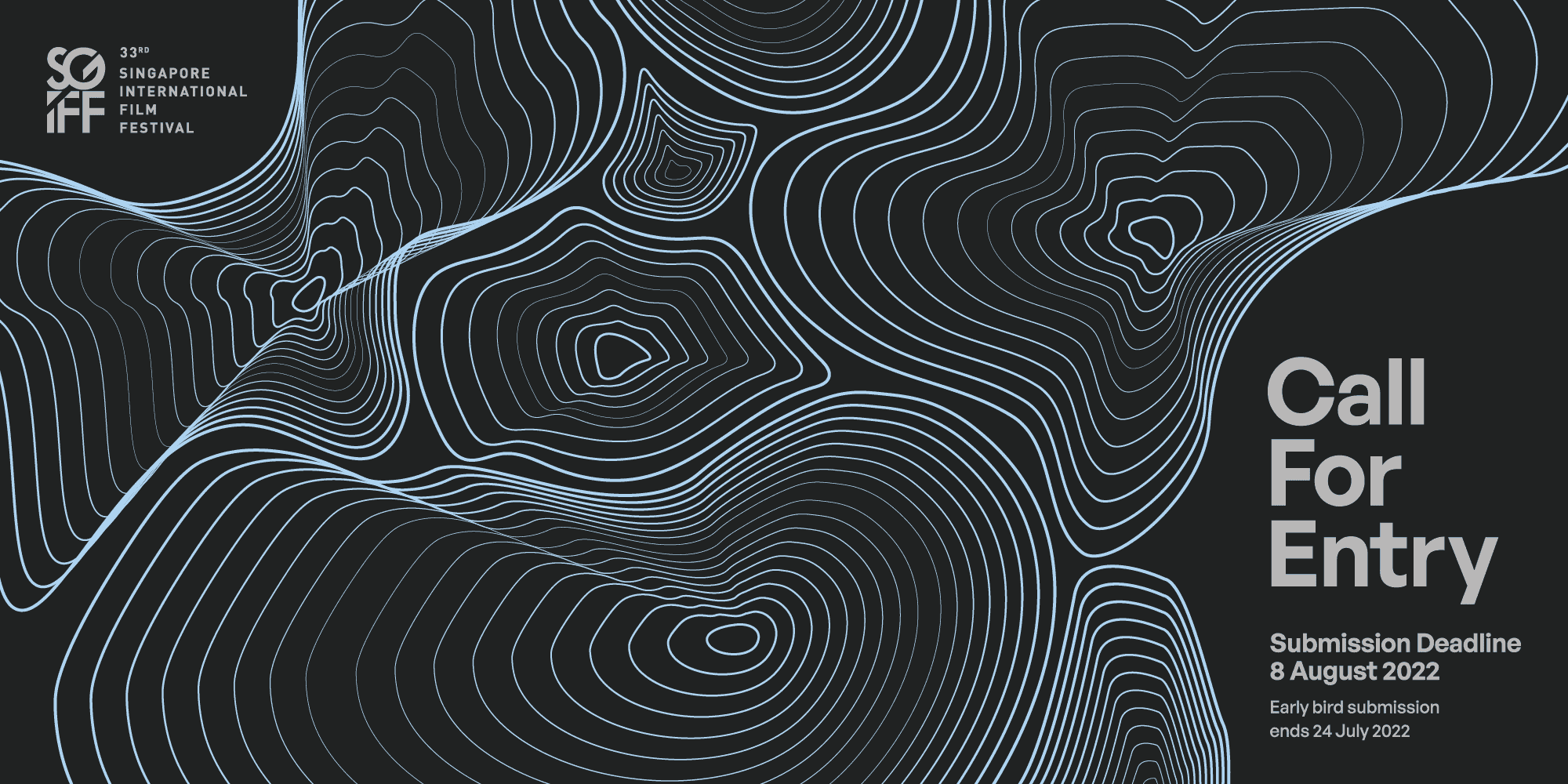1. Midwives (2022) by Hnin Ei Hlaing

The core of the film is truthfully, a study of the complex relationship between Nyo Nyo and Hla, who in turn, represent both sides at the front of the racial conflict. At first glance, the bond between the two women seems to be unshakable. But after spending an hour with them, you start to observe the inklings of verbal abuse slipping in. At one point, Hla even compares Nyo Nyo's people to cows; this is the confounding enigma that makes “Midwives” so compelling and reason enough for Hnin to film the documentary. (Leon Overee)
2. What Should We Have Done? (2023) by Tomoaki Fujino

Tomoaki Fujino's deeply personal documentary, “What Should We Have Done?” serves as a poignant testament to the devastating impact of mental illness on families, and the profound consequences of denial and societal stigma. Through his unflinching lens, he lays bare the complex emotions, difficult decisions, and unresolved questions that haunt those left to navigate the turbulent waters of schizophrenia, through the presentation of his own family. (Panos Kotzathanasis)
3. K-Family Affairs (2023) by Nam A-rum

In terms of cinematic approach, the combination of home-video style footage, interviews with her parents, and historical reels from the events during her parents' youth and the juxtaposition with the similar ones of her time, emerges as excellent. In that fashion, KIMSAN's editing emerges as one of the best aspects of the documentary, with the way the different elements of the film are combined being quite intricate. Some delaying does exist here and there, while some of the scenes do look a bit too artistic or too amateur on occasion, but as a whole, the movie definitely works. (Panos Kotzathanasis)
4. Ten Years Myanmar (2023) by Various Directors

“Ten Years Myanmar” presents quite a refreshing set of ideas showing how Burmese filmmakers are on the cusp of a breakthrough for Burmese cinema. The five short films all have distinctly bold textures that are not only post-modern but all show great promise and potential- if only the directors could all band together to create a more well-rounded film, then we would have ourselves a cinematic treat faster than you can say Mohinga.
5. A Holy Family (2022) by Elvis A-Liang Lu

The movie consists mainly of static shots, behind which the director sometimes asks questions, witnesses everyday life, including the silences and embarrassing scenes, the tears of A-Zhi's son, the mother's difficulty in climbing the stairs. The silences between the family members fill the space. In a context where affection and emotion are rarely expressed, the unspoken tensions and lack of interaction visually express the difficulties and suffering of a large part of the Taiwanese population, far from the stereotypical images of Taipei. (Hugo Hamon)
6. Mental Landscape (2023) by Sai Kong Kham

To create the visuals, Sai Kong Kham uses long-exposure photography and stop-motion animation. The way he combines these techniques makes the images look like lines traced with light or crude line drawings. They are reminiscent of children's drawings, streetlights, or the recordings of a seismograph. The nature of these abstract images underlines the director's view on memory. Both are unclear, open to interpretation and, like these images, memory can be deceptive. However, working through our memories is also a way of dealing with trauma and (personal) problems. (Nancy Fornoville)
7. Me and My Country Pornography (2022) by Lin Htet Aung

Like tropes and foreshadowings, these filmic patterns must be hammered in with patience. With time, they push us beyond watching a story to active observation, divulging new revelations at every turn. Meanwhile, this motif of gradual change continues in a landscape map that morphs with every chapter, its cartographic boundary lines blurring, distorting, expanding, contracting. Miniscule, pawn-like characters in the map travel about and soon two naked figures are consummating openly to their chagrin. Again, sex is seen as an invasive act that can demarcate, strengthen or destroy boundaries. The pornographic encounter does not just happen once and fade away, but leaves widespread literal and metaphorical residual traces, affecting the players involved and implicating external others. (Renee Ng)
8. Song of Souls (2023) by Sai Naw Kham

To sum up any sense of narrative in Kham's visual poem is to reduce it to the confines of the cinematic frame. In lieu of convention, he drifts in and out of focus – out of lucidity, between this world and whatever lies beyond – fleeting from one interaction to the next, absorbing lamentations of pain and suffering of which has become the norm. Existence is suffering, but these interactions of opioid addiction, of suicide, of one tattooist's encounter with a solider, present themselves as naturally as birth, death, and rebirth. As the film progresses, it becomes abundantly clear the toll of existing within such violence has been monumental; amidst scenes of a well-respected monk's funeral, where death is celebrated as much as life, Kham's focus dwells on the vacant numbness of which inhabits those with whom he spends time. There is no shock or awe amidst such horror, just the painful realisation that, for these people, death cannot come soon enough. (JC Cansdale-Cook)
9. Worn Away (2023) by Chen Chieh-jen













